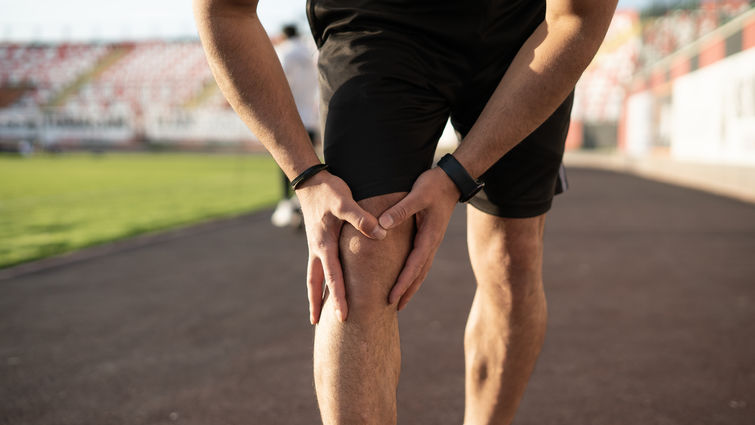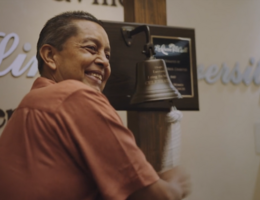

Orthopaedic injuries can affect all men regardless of age, gender, or level of physical ability. These injuries to the musculoskeletal system, which include the bones, muscles, ligaments, or tendons, are especially prevalent in men who work physically demanding jobs, engage in repetitive activities, or participate in sports.
Dheeraj Yalamanchili, MD, orthopaedic surgeon and sports medicine specialist at Loma Linda University Health, says understanding the causes and preventive measures for orthopaedic injuries is crucial for maintaining an active and healthy lifestyle.
Common orthopaedic injuries
Orthopaedic injuries can be detrimental to an active lifestyle, and they can develop gradually over time or occur suddenly.
Overuse injuries, which occur with repetitive movements or excessive strain on a particular part of the body, are common among men with jobs that involve heavy lifting, repetitive motions, or prolonged periods or sitting or standing.
Athletes are also particularly prone to overuse injuries due to the repetitive nature of sports. According to Yalamanchili, athletic injuries in younger athletes are often seen in sports like soccer, basketball, baseball, and football, while injuries in older athletes are more likely during activities such as tennis, pickleball, golf, cycling, or swimming.
There is a broad category of injuries related to overuse, some of which include:
-
Tendinitis: inflammation of the tendon in the shoulders, elbows, wrists, knees, or ankles.
-
Bursitis: inflammation of the bursae in the shoulders, elbows, hips, and knees.
-
Carpal tunnel syndrome: pressure on the median nerve in the wrist or hand.
Acute injuries, which are a result of direct trauma or a single non-contact event, are commonly seen in ACL tears, meniscus tears, rotator cuff tears, Achilles tendon tears, fractures and dislocations.
“Despite these operative injuries, the most common orthopaedic injuries include various sprains or strains of muscles and tendons,” said Yalamanchili. “Generally, this can include anything in the upper extremity such as the shoulder, elbow, wrist/hand, or in the lower extremity such as the back, hip, knee, or ankle.”
Preventing orthopaedic injuries
Preventing orthopeadic injuries is crucial for maintaining mobility, reducing pain, and ensuring long-term health. Yalamanchili suggests some simple steps to help prevent injuries.
-
Stretching: Proper stretching helps strengthen muscles and joints which can prevent many orthopaedic injuries.
-
Nutrition: Maintaining healthy weight through proper diet and exercise supports overall health and reduces the risk for injury.
-
Equipment: Proper protective equipment, such as wearing a helmet or well-fitting shoes, can help protect the body from acute traumatic injuries.
In case of an orthopaedic injury, Yalamanchili advises speaking with your orthopaedic surgeon for further evaluation. Initial treatment options include managing the pain with anti-inflammatories and applying the RICE method: rest, ice, compression, and elevation. Severe injuries may require immobilization with splints or casts, as well as physical therapy to regain strength and range of motion.
To learn more about men’s health, or to take proactive steps to ensure proper care of your orthopaedic health, call 909-558-2808 to explore a range of treatment plans at Loma Linda University Health.


